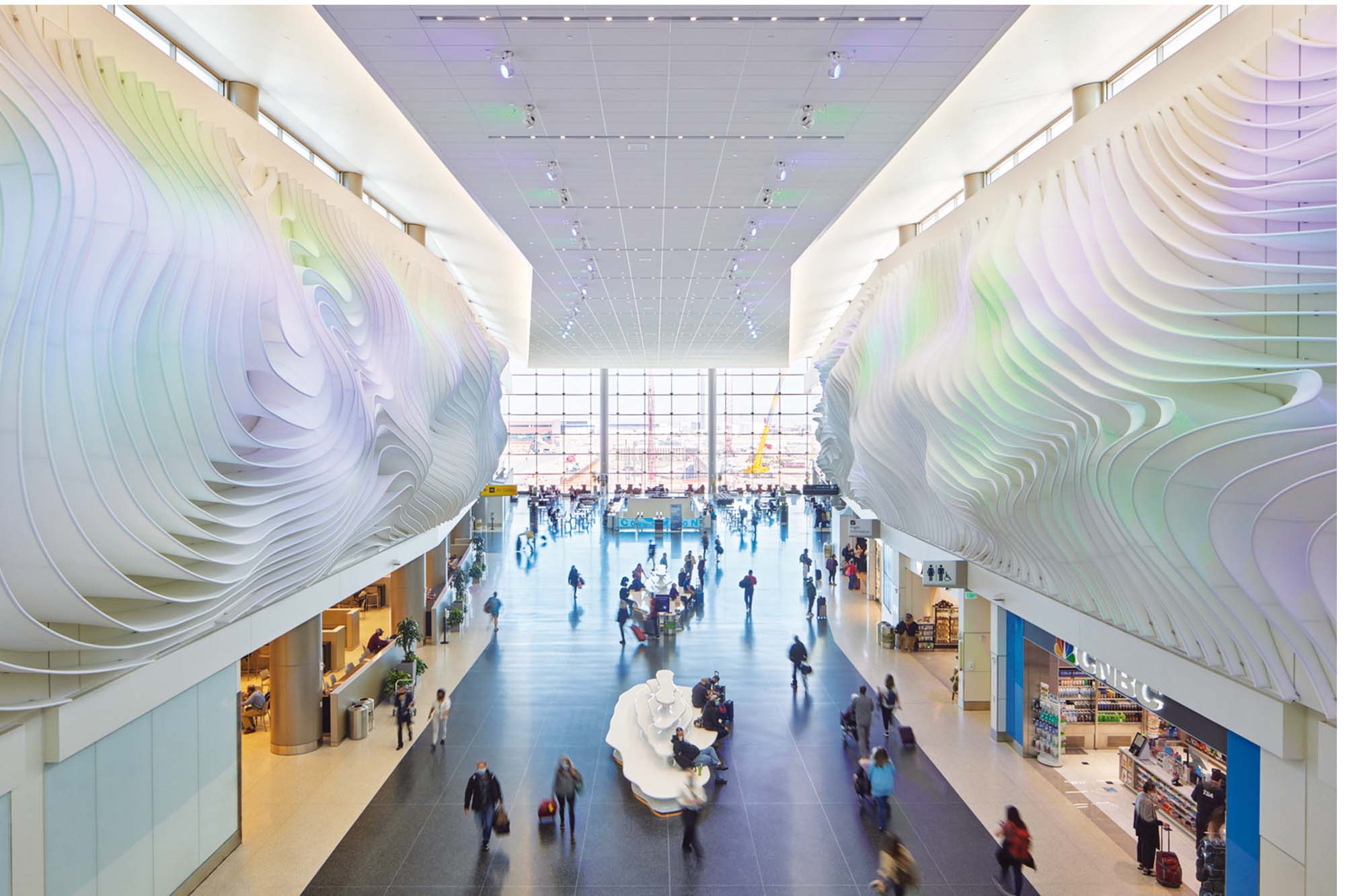Blueprint for future-ready airports

“We are leading the way in promoting a fusion of cutting-edge technology, environmentally friendly methods, and cultural expression. From developing eco-friendly solutions to leading the way in biometric integration.” Keith Hui, Regional Leader of Aviation + Transportation, HOK
This exclusive interaction explores HOK’s approach to transforming airports into future-ready hubs that offer intuitive navigation and an enriching passenger experience. Examples such as the space-efficient annexe at Seattle-Tacoma International Airport and the sophisticated phasing at LaGuardia’s Terminal B exemplify their commitment to innovation and operational excellence.
Which design philosophies or guiding principles do you prioritise when conceptualising airport projects? How do these philosophies or guiding principles affect the overall architecture?
The design of an airport is a complicated, diverse task. The guiding principles are customised for every project and opportunity for design. Our design philosophies generally address capacity requirements, airport performance goals, operating efficiency, and future modification ability. Others express the local culture, fostering a strong feeling of place and sustainability. Additionally, a well-designed airport can reduce the total cost of ownership and maximise non-aeronautical earnings.

How can innovation and technological progress be used to improve the aesthetics and functionality of airport infrastructure?
Regarding the evolution of the passenger journey, architecture that provides clear, intuitive navigation and space capacity must complement technology. The trend towards biometric implementation can increase airport processing capacity without necessarily expanding the physical footprint. Interior design, which is influenced by aesthetics, lighting, signs, wayfinding, and other factors, also creates a smooth journey.
In your opinion, how can one reconcile the operational requirements of airports with the aesthetics of architecture?
A balance necessitates compromise and conflicting goals. At HOK, we think that when done well, architectural and operational needs may complement one another and be equally significant. Properly optimising all components requires experience in developing airports, interacting with stakeholders, and comprehending airport operations.
For instance, we created a two-story Annex to Concourse D at Seattle-Tacoma International Airport that runs cobuses and expands gate capacity. The space-efficient, reasonably priced design includes cosy seats, a light colour scheme, and exposed wood. It makes a welcoming, airy, and warm environment for visitors reminiscent of the Pacific Northwest of the United States.

Which sustainable design techniques do you apply to airport projects to reduce their negative environmental effects and increase energy efficiency?
We adapt our sustainable design techniques to the climate and local surroundings. Important considerations include illumination, energy-efficient materials and systems, and terminal architecture. The new Salt Lake City International Airport is designed with energy-efficient systems, daylighting, high-performance glazing, and strategically placed gates and terminals to minimise aeroplane emissions and fuel consumption.
We chose materials at Qatar’s Hamad International Airport for durability and sustainability. To combat the heat, the group employed water-efficient gardening, high-performance insulated glass, energy-efficient lighting, and other techniques.
Which components of planning airport infrastructure are the most difficult, and how have you creatively overcome these obstacles in your projects?
One of the hardest parts is expanding an airport’s capacity in a limited area. Due to site restrictions, we had to build the new Terminal B at LaGuardia Airport on top of an existing terminal. Sophisticated phasing and design approaches were required to minimise disruptions. Our island-and-bridges design strategy minimised the impact on continuing airport operations, slashed the building schedule by almost two years, and saved millions of dollars by allowing contractors to build the new terminal over the existing structure.
For more details , Visit : https://www.hok.com/
Cookie Consent
We use cookies to personalize your experience. By continuing to visit this website you agree to our Terms & Conditions, Privacy Policy and Cookie Policy.










